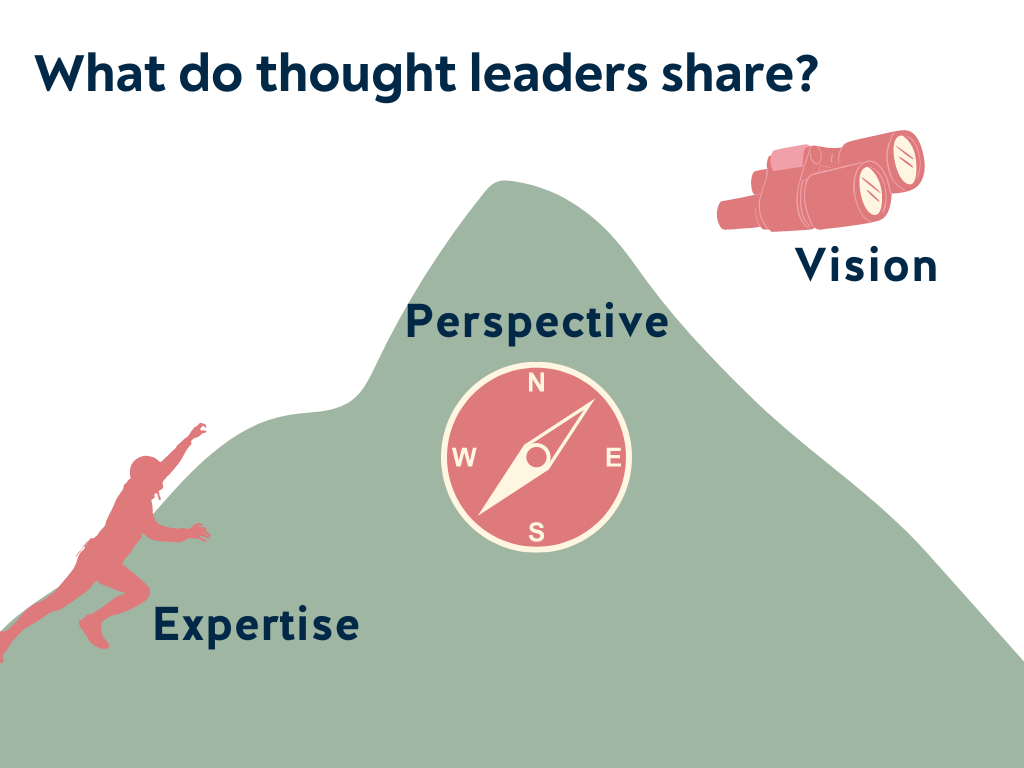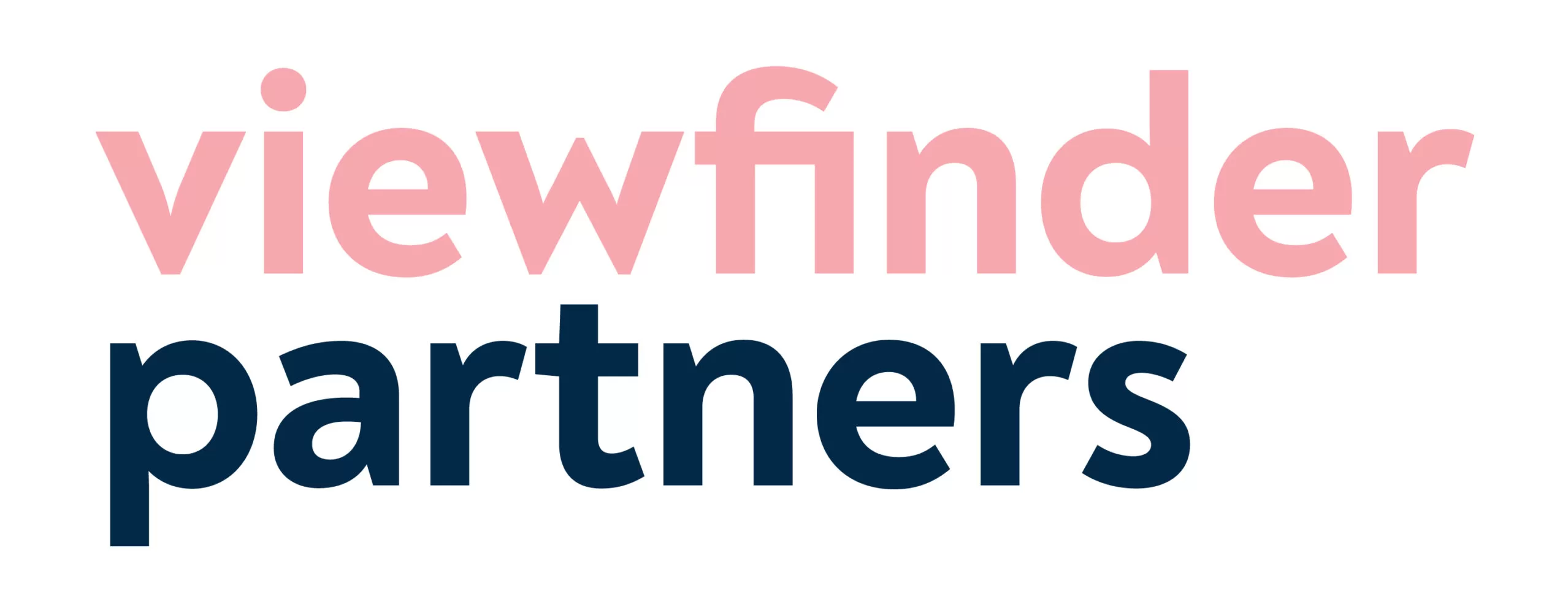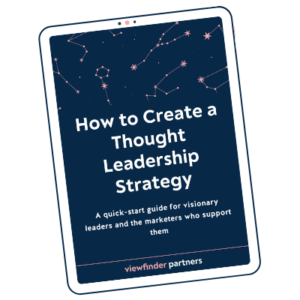AI has entered the chat. ChatGPT is helping us plan vacations, respond to tricky emails, and summarize long meetings. But there’s one little word that’s keeping AI from writing your thought leadership for you: PERSPECTIVE.
What is perspective?
Perspective” can be defined as a point of view, angle, or slant. Optically, it’s literally the way you see things (“the appearance to the eye of objects in respect to their relative distance and positions,” per Merriam-Webster).
When it comes to how thought leaders see the world, I define “perspective” as the culmination of years of learning. It’s not just what you know (your expertise), but how you know it. It’s the vantage point from which you view your experience. It’s how you look at the world, informed by the growing pains, hard-won insight, mistakes made, and aha moments you’ve gained along the way.
In other words, your perspective is your unique wisdom. It’s the POV you have from the top of your mountain.

On a recent spring break trip, I realized that my husband and I have earned perspective after our 10-year “career” as parents. Our experiences climbing up that mountain (taking kids on road trips and plane trips, learning who gets carsick and when we need to feed kids to prevent meltdowns, and what an ideal vacation day looks like for our family) have helped us get a clear perspective on how to plan a trip that has more bright spots than low points.
You have earned your own perspectives — on how to best deliver your work, how to manage your specific team, and how to influence your boss successfully. After many experiments, wins, and losses, you may know how to read a room during a sales pitch or how to sense whether a new concept will take off or fall flat in the market. You have climbed your own mountains and developed your own unique, valuable perspective.
How can you develop and share your unique perspectives?
So, how can your perspective help other people? How can you give them the CliffsNotes on your arduous climb, turning your hard-won lessons into shortcuts they can use to avoid your mistakes?
You know my favorite word, and it applies here too: Reflection.
Pause. Stand still for a minute at the top of your mountain. Look back at the trail that brought you here. Consider the view.
When I’m trying to understand a client’s perspective, I ask questions like:
- How did you learn that?
- Think about a time when this concept wasn’t as clear to you. What has changed since then? [I’m trying to get them to take me along on the climb, not just zoom up to the top of the mountain, to examine the lessons along the way.]
- What’s changed about the way you do [X]?
- How do you make decisions about [Y]? Walk me through your thought process.
- If you were talking to someone early in their career, what advice would you give them? What do you wish you had known when you were first starting out?
It takes hard work to put your perspective into words so that other people can see it. But that’s what thought leadership is all about…figuring out how to describe the lessons you’ve learned and the new view they’ve afforded you so that someone else can understand, even if they haven’t done the same climb themselves. It’s finding a way to hand them your binoculars and scooting over so that they can stand in your place and see the world as you see it. It’s hard work, but there is a huge payoff when they see that view.
This spring, that’s my reminder for you: Keep climbing, but as you do, take time to consider the view and share it with others.






